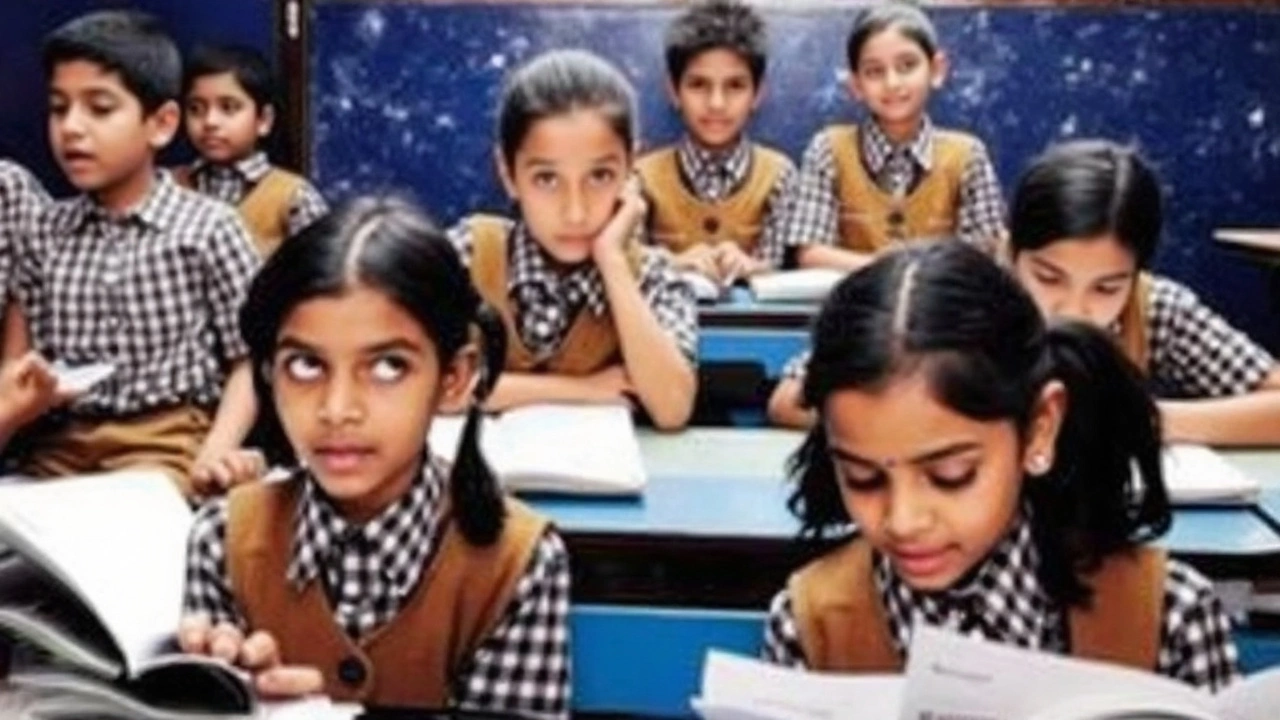Emergency Training: Practical Tips to Stay Safe During Disasters
When the sky opens up or a landslide hits, the difference between panic and protection is how well you’ve trained. Emergency training isn’t just for professionals – anyone can learn the basics to keep themselves and their families safe.
Why You Need Emergency Training Now
Recent events across India show how quickly things can turn dangerous. The IMD red alert that flooded Punjab and Delhi‑NCR, the cloudburst in Uttarakhand’s Chamoli district, and the massive Bihar floods affecting over 25 lakh people all underline the need for quick, organized action. Knowing the right steps can save lives and reduce panic.
Training gives you a clear plan: where to go, what to take, and how to help others. It also builds confidence so you don’t freeze when the sirens sound or the waters rise.
Easy Ways to Start Your Emergency Training
1. Make a family drill plan. Pick a meeting point outside your home, practice it twice a month, and include pets if you have any. Use real scenarios like a sudden flood or a landslide to make it feel real.
2. Learn basic first aid. A 30‑minute video on wound care, CPR, and how to treat shock can be a game‑changer. Keep a first‑aid kit at home and in your car.
3. Stay updated with weather alerts. Sign up for IMD notifications on your phone. When a red or orange alert comes in, you’ll know whether to evacuate or shelter in place.
4. Participate in community drills. Many city councils organize flood‑response simulations. Joining these gives you hands‑on experience and helps you meet local rescue teams.
5. Pack an emergency bag. Include water, non‑perishable food, a flashlight, batteries, a whistle, and copies of important documents. Store it where everyone can reach it quickly.
Remember, training is a habit, not a one‑time event. Review your plan after every drill and update it if you move houses or add family members.
For inspiration, look at how authorities responded to the recent landslide in Papua New Guinea’s Enga Province or the cloudburst warnings in Chamoli. Both cases highlight the role of quick evacuation and clear communication.
Finally, share what you learn. Teach neighbors, coworkers, or school friends. The more people trained, the stronger the safety net for the whole community.
Ready to get started? Grab a notebook, jot down a simple action list, and set a date for your first drill this weekend. You’ll be surprised how much calmer you feel when the next emergency hits.

Schools across India will stay open for the May 7 civil defense mock drill, with students participating in emergency training rather than facing closure. The exercise features simulated alerts and blackouts, aiming to boost preparedness in districts like Delhi, Punjab, Rajasthan, and Jammu-Kashmir.
